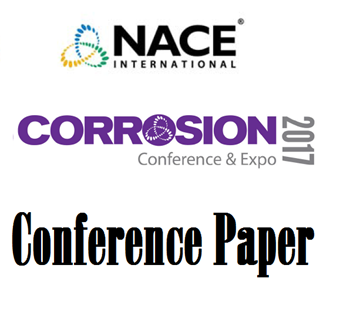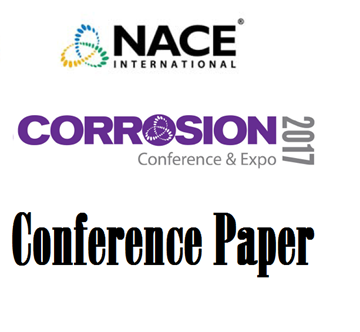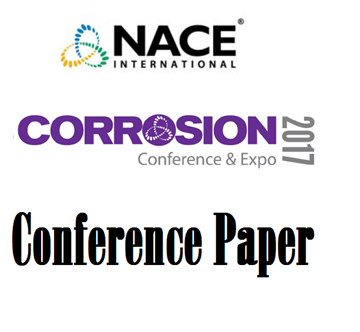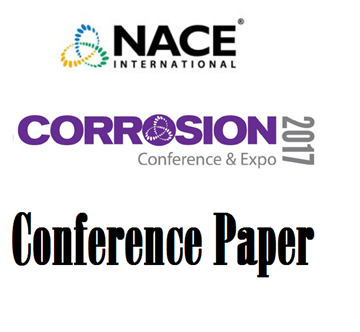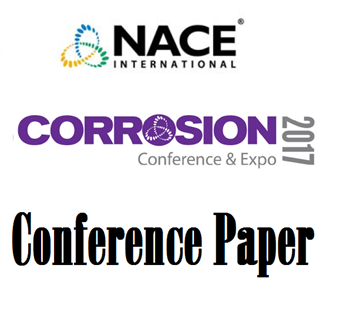Search
Products tagged with 'sour service'
View as
Sort by
Display
per page
Advanced Functional Testing for Non-Metallics in HPHT Conditions
Product Number:
MPWT19-14451
Publication Date:
2019
$0.00
Case Study On The Downhole Materials Selection And Sour Service Qualification For A High Pressure, High Temperature Gas Field
Product Number:
51321-16554-SG
Publication Date:
2021
$20.00
Corrosion & Mechanical Properties of Nickel Based Alloy 825 Explosion Welded Plates for H2S Service
Product Number:
51323-19123-SG
Publication Date:
2023
$20.00
Corrosion of Nickel Alloys in Elevated Temperature Sour Gas Environments
Product Number:
51317--9135-SG
ISBN:
9135 2017 CP
Publication Date:
2017
$20.00
Effect of Loading Profile and Sour Environment on Cracking behavior of C110
Product Number:
51323-19401-SG
Publication Date:
2023
$20.00
Fatigue Crack Growth Rate Behavior of Welded Line Pipe Steel in Sour Environments
Product Number:
51317--9200-SG
ISBN:
9200 2017 CP
Publication Date:
2017
$20.00
Fitness-for-Purpose HIC Testing of Heavy Wall Large-Diameter Pipes for Mildly Sour Applications in the New NACE TM0284-2016 Solution C
Product Number:
51317--8881-SG
ISBN:
8881 2017 CP
Publication Date:
2017
$20.00
Fracture Toughness Testing Methods in H2S Containing Environment for Metallic Materials
Product Number:
51317--8930-SG
ISBN:
8930 2017 CP
Publication Date:
2017
$20.00
From Pits To Cracks: A Review Of 45-Years Of Published Research On Surface Trenches In Low Alloy Steels Exposed To H2S-Containing Environments
Product Number:
51322-17957-SG
Publication Date:
2022
$20.00
Is 22 HRC the right threshold for TMCP large diameter pipes in severe sour environment?
Product Number:
51323-18943-SG
Publication Date:
2023
$20.00
New Axially Loaded Full Ring Test Method for Assessment of Susceptibility of Girth Welds and Parent Pipe to Sour Service Cracking
Product Number:
51317--8965-SG
ISBN:
8965 2017 CP
Publication Date:
2017
$20.00
Performance Of Additively Manufactured Alloy 718 In Sour Service
Product Number:
51322-18029-SG
Publication Date:
2022
$20.00




